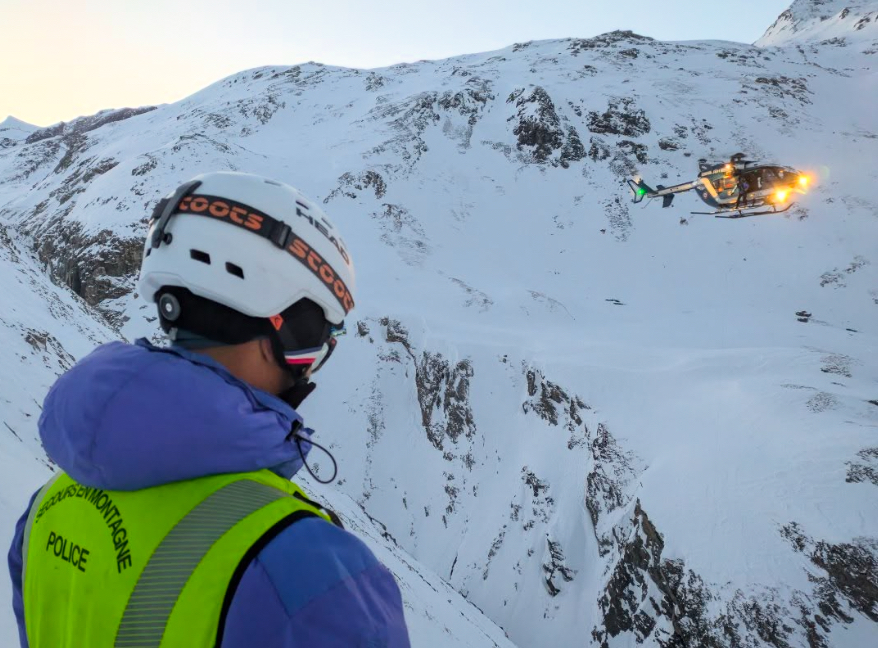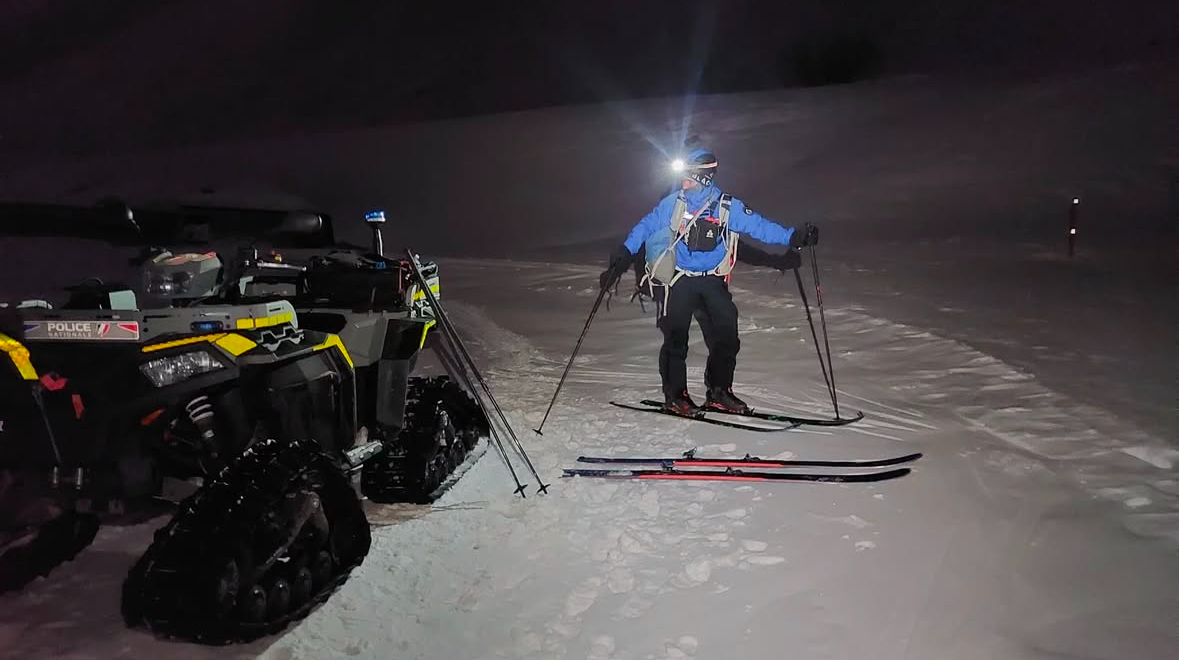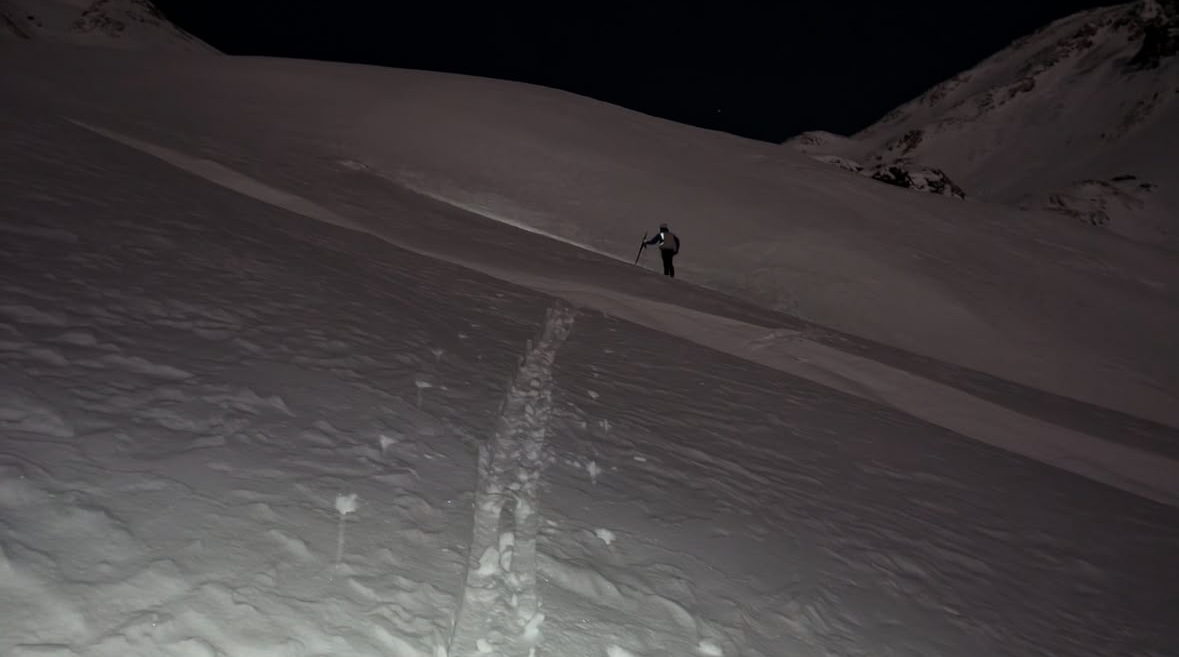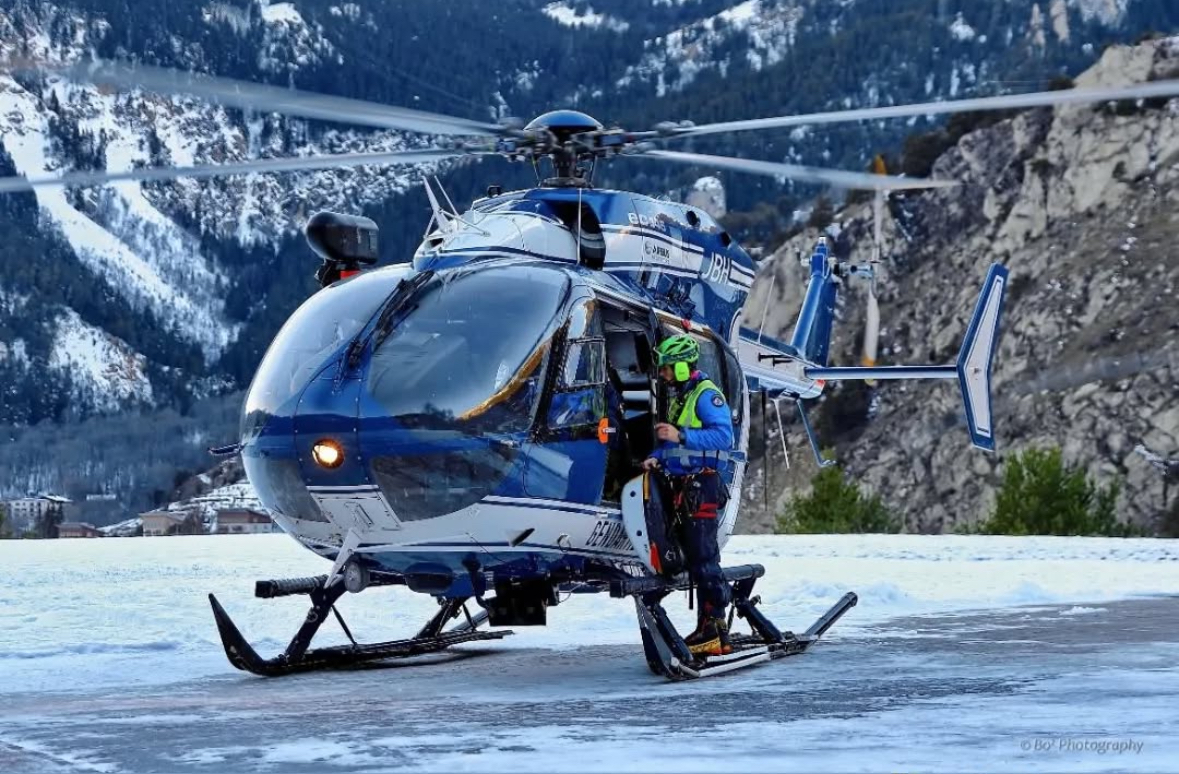
Two Dutch skiers were forced to spend the night without shelter in the off-piste area Gorges du Malpasset, near the Val d’Isère ski area in Savoie, France, on Wednesday, January 15. The skiers had gotten stuck in difficult terrain and called search and rescue around 1 a.m. but were not rescued until approximately 6:45 a.m., as it took a while for the Dutch to be localized. The two Dutch tourists were not exactly where they thought they were, and the language barrier between them and the French rescue team hampered efforts.
According to France Bleu, the Dutch skiers said they were in an off-piste area near Val d’Isère but could not explain their exact position in English. The police rescuers of the CRS Alpes d’Albertville drove from Albertville to the Fornet parking lot and set out on a quad snowmobile to try to locate the stuck skiers while search and rescue from Val d’Isère set out in a snow groomer to support the police unit. Unfortunately, the teams failed to find the skiers straight away.

Almost six hours later, the rescue teams located the two Dutch in an area known as Malpasset at an altitude of 2,300 meters (7,546 feet). Two CRS rescuers set out on backcountry skis to reach the pair, who were found safe and sound after having spent the entire night outside without shelter. The 43 and 74-year-old men were ultimately located at 6:45 a.m. and had to be rescued by helicopter due to their tricky location. “They are stuck; they have rocky ledges above and below and are surrounded by avalanche slopes; it was very complicated,” explained Paul Bellon, head of the CRS Alpes d’Albertville unit, in an interview with France Bleu. Due to their tricky location, the two skiers had to be rescued with a Choucas 73 helicopter from Modane. The Gorges du Malpasset are notorious for trapping skiers and snowboarders each year—the French name “Malpasset” literally means “hard to pass.” In 2019, 39 skiers and snowboarders had to be rescued by helicopter from the difficult off-piste terrain.

Fortunately, for the two Dutch, a temperature inversion had maintained temperatures overnight at – 5°C at 2,300 meters (7,546 feet), and the pair did not suffer from severe hypothermia. Temperature inversions in the mountains occur when a layer of warm air sits above a layer of cooler air near the ground, reversing the normal temperature gradient where the air gets cooler with increasing altitude.
While the night was surely long for everyone involved, the rescue ended well: “When a complex intervention ends like this, we are happy,” Paul Bellon stressed. The outcome could easily have been different if weather conditions had hampered search and rescue efforts or the temperature inversion had not occurred on Wednesday night.
